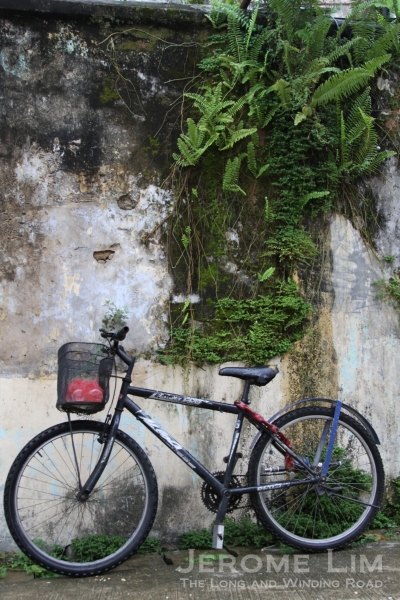Update : Registration has closed as of 7.06 pm 1 July 2019. As pre-registration is required, no walk-ins will be permitted.
More on the series: Discovering Singapore’s Best Kept Secrets
The disused buildings of the former Changi Hospital have, since the hospital’s colsure in 1997, been the subject of persistent rumours that stem from a misunderstanding of the buildings’ wartime history.
The hospital, which began its life as RAF Hospital, Changi, was among the most highly regarded in the RAF medical service. It boasted of some of the best facilities, and the environment it provided was ideally suited to rest and recuperation. Occupying buildings of the Changi garrison that were perhaps the least troubled by the occurences in Changi from Feb 1942 and Aug 1945, it was only in 1947 that the hospital was set up. Two Royal Engineers’ Kitchener Barracks buildings built in the 1930s were turned into the hospital to serve RAF Changi after the air station was established (in 1946). A third block, which became the main ward block, was added in the early 1960s.
Suported by the Singapore Land Authority (SLA), the visit provides an opportunity to learn more about the former hopsital and its misunderstood past. It will also offer participants a rare opportunity to take a guided walk through parts of the property.
When
13 July 2019
How to register
Do note that spaces are limited. As this is a repeat visit, kindly register only if you have not previously participated.
Participants must be of ages 18 and above.
A unique registration is required for each participant – duplicate registrations in the same name will count as one.
Registration shall be made using the form at this link (closed as of 7.06 pm 1 July 2019).
A confirmation will be sent to the email address used in registration one week prior to the visit with admin instructions to all successful registrants. Please ensure that the address entered on the form is correct.

































































































